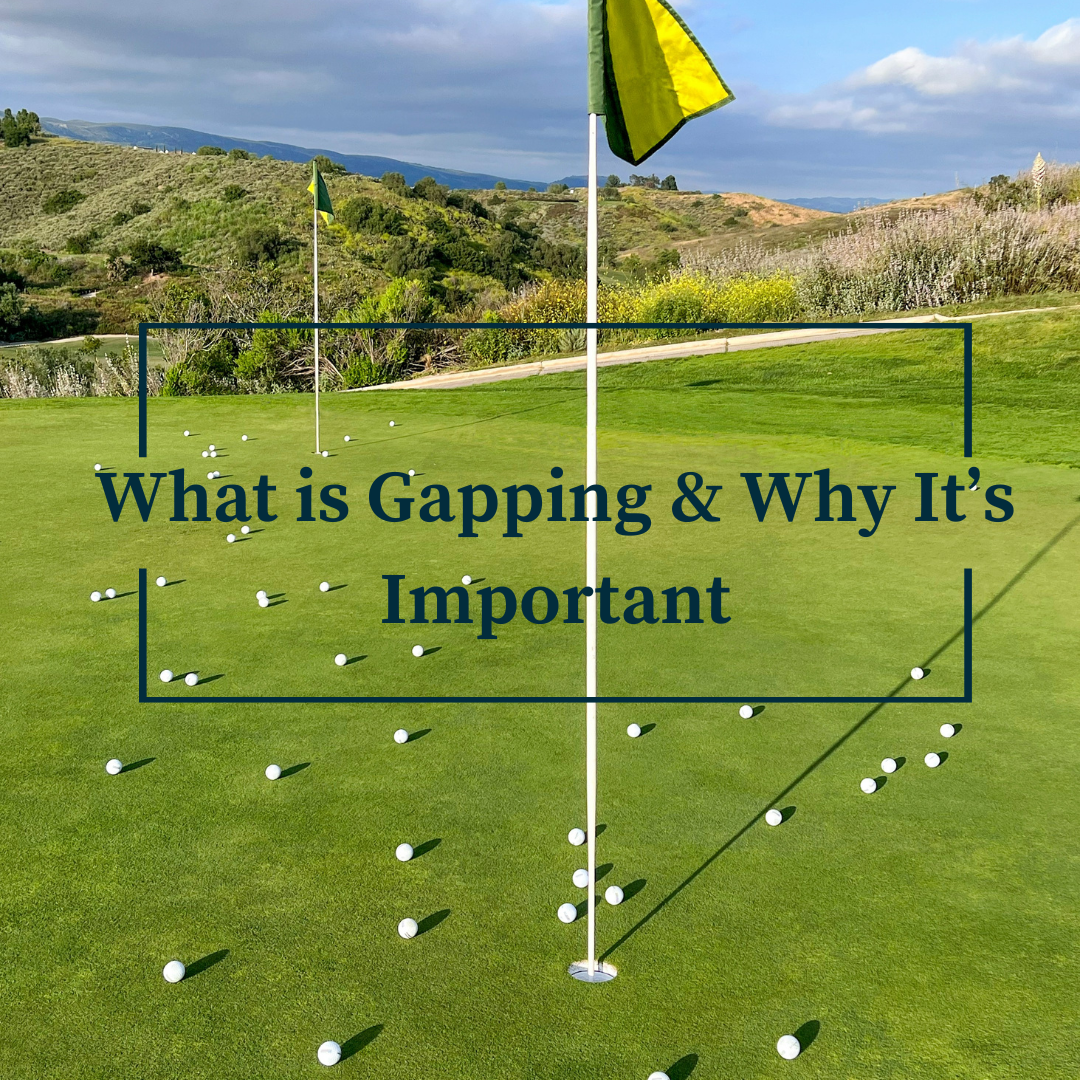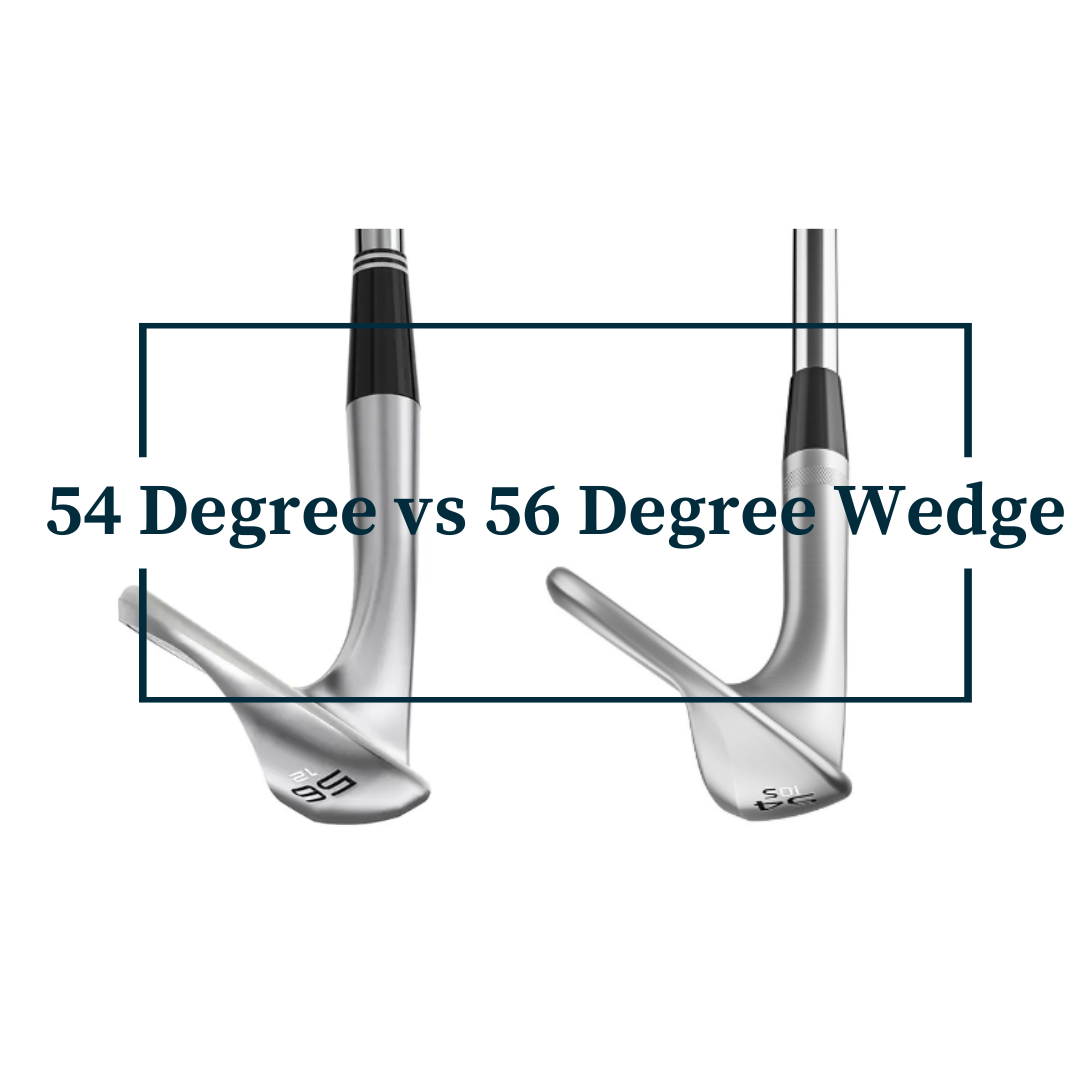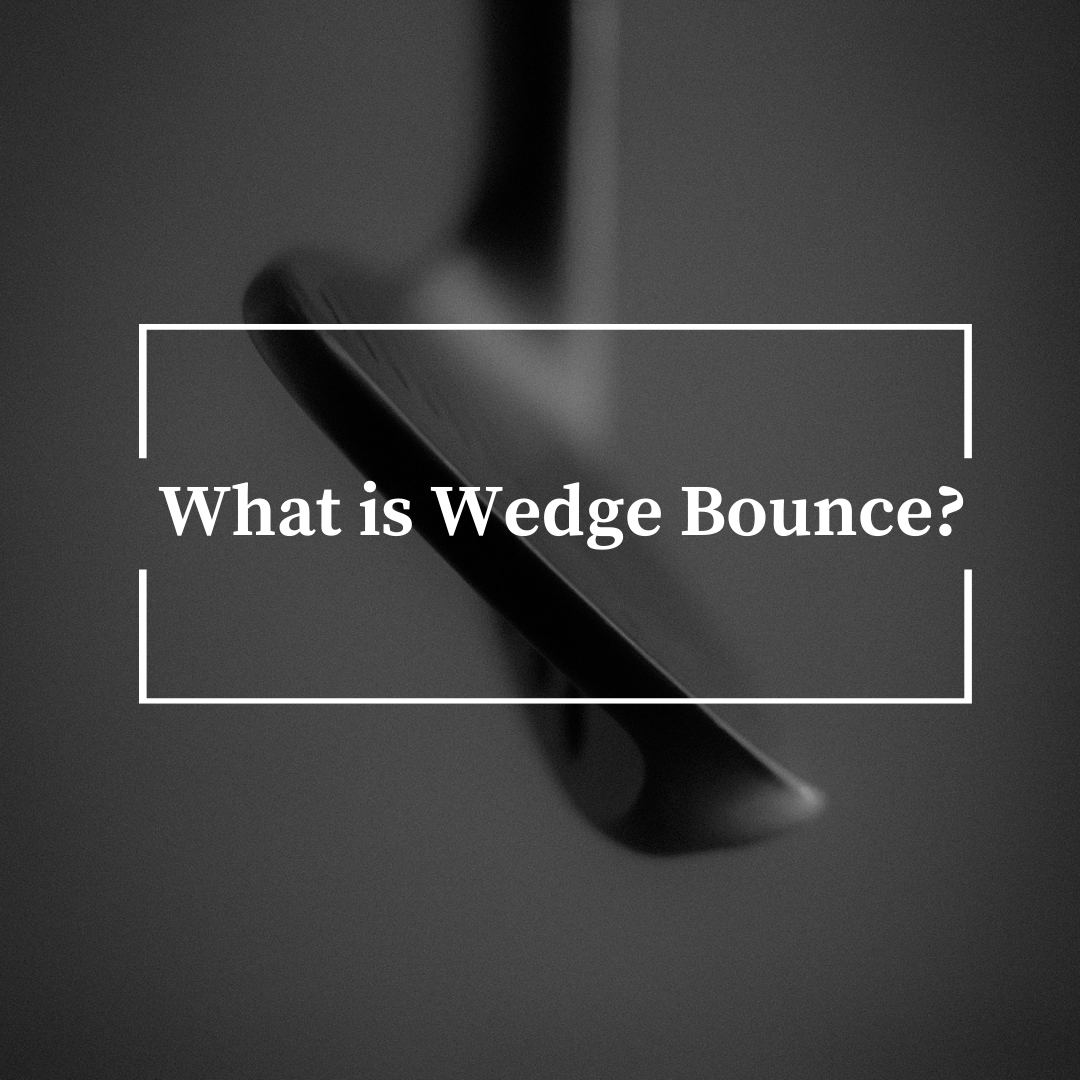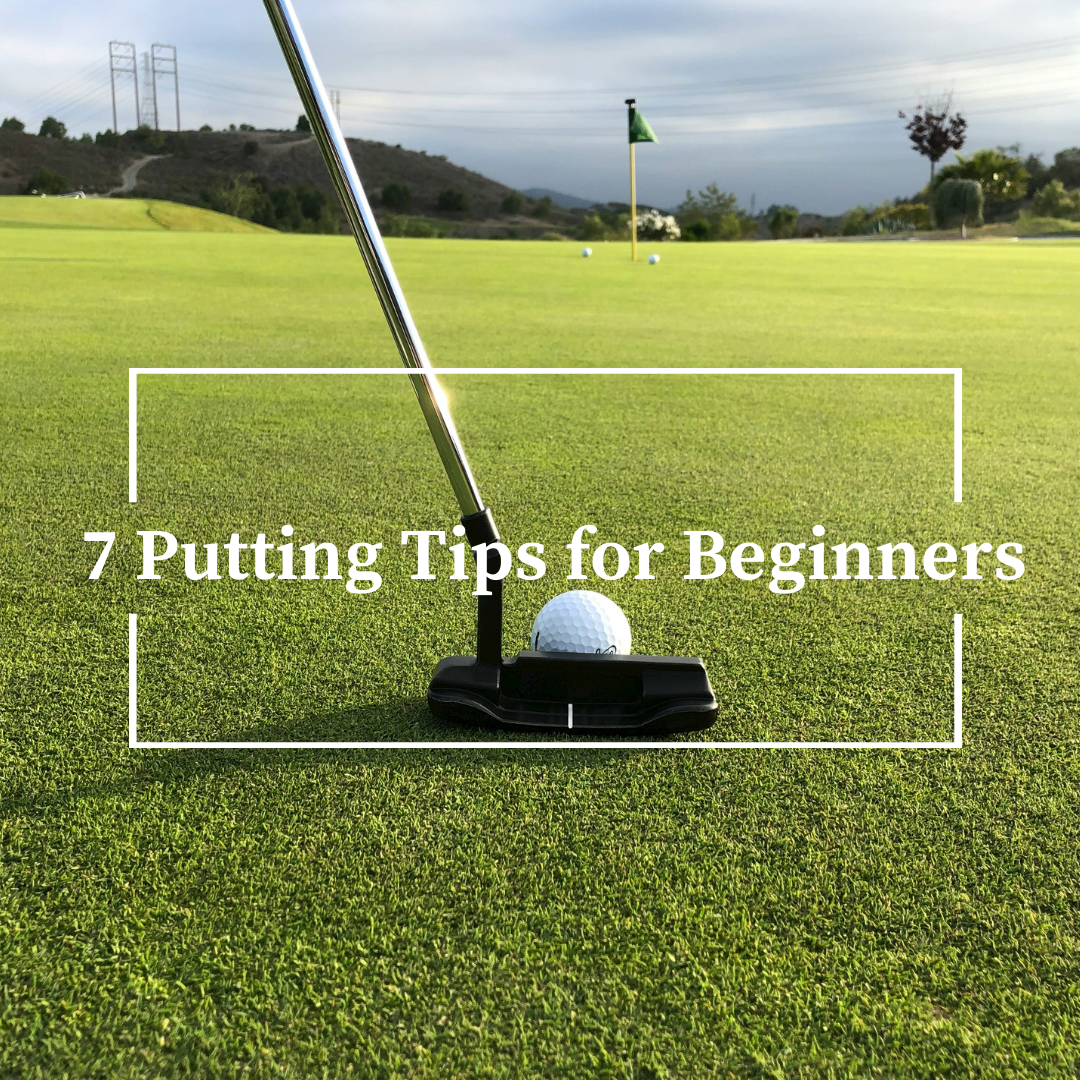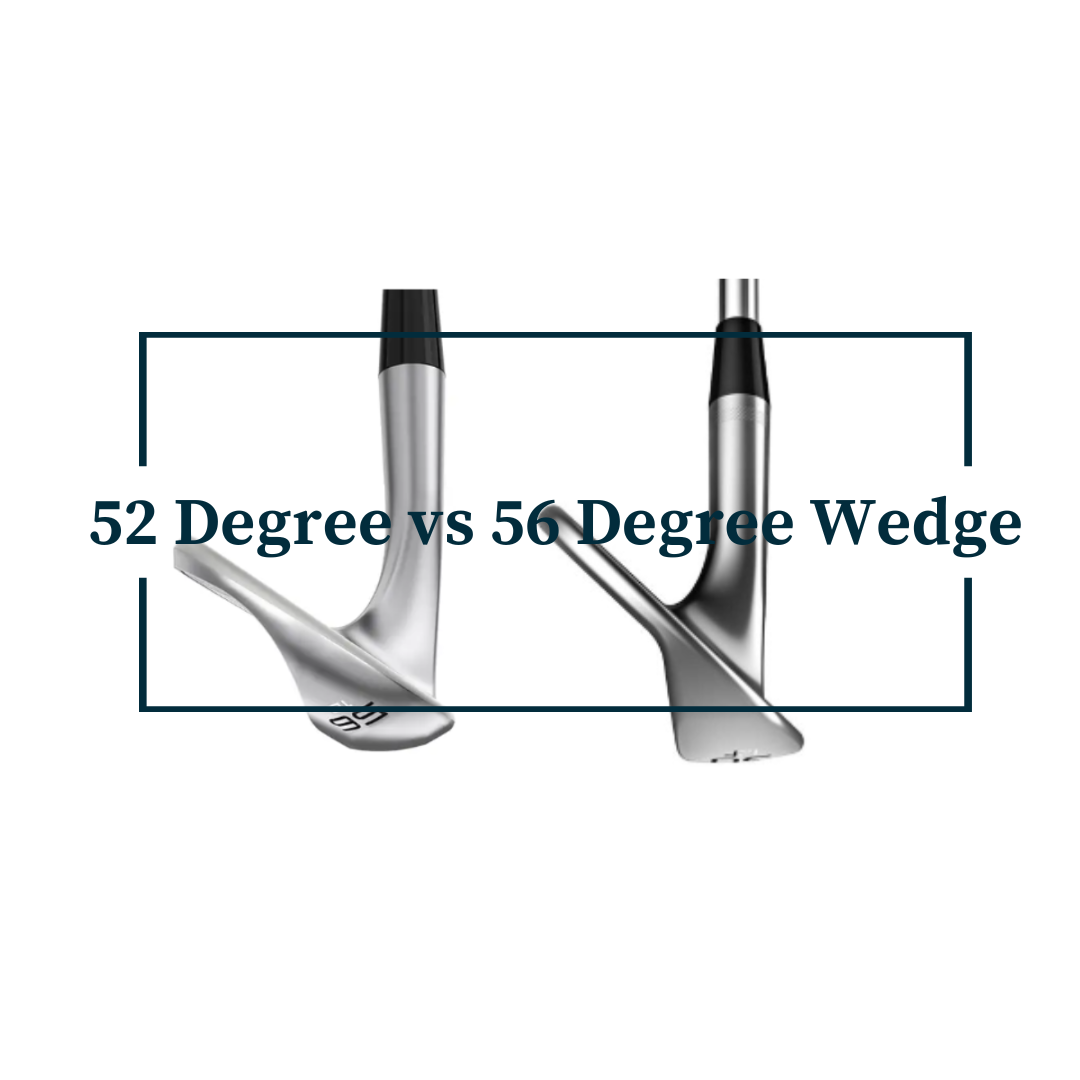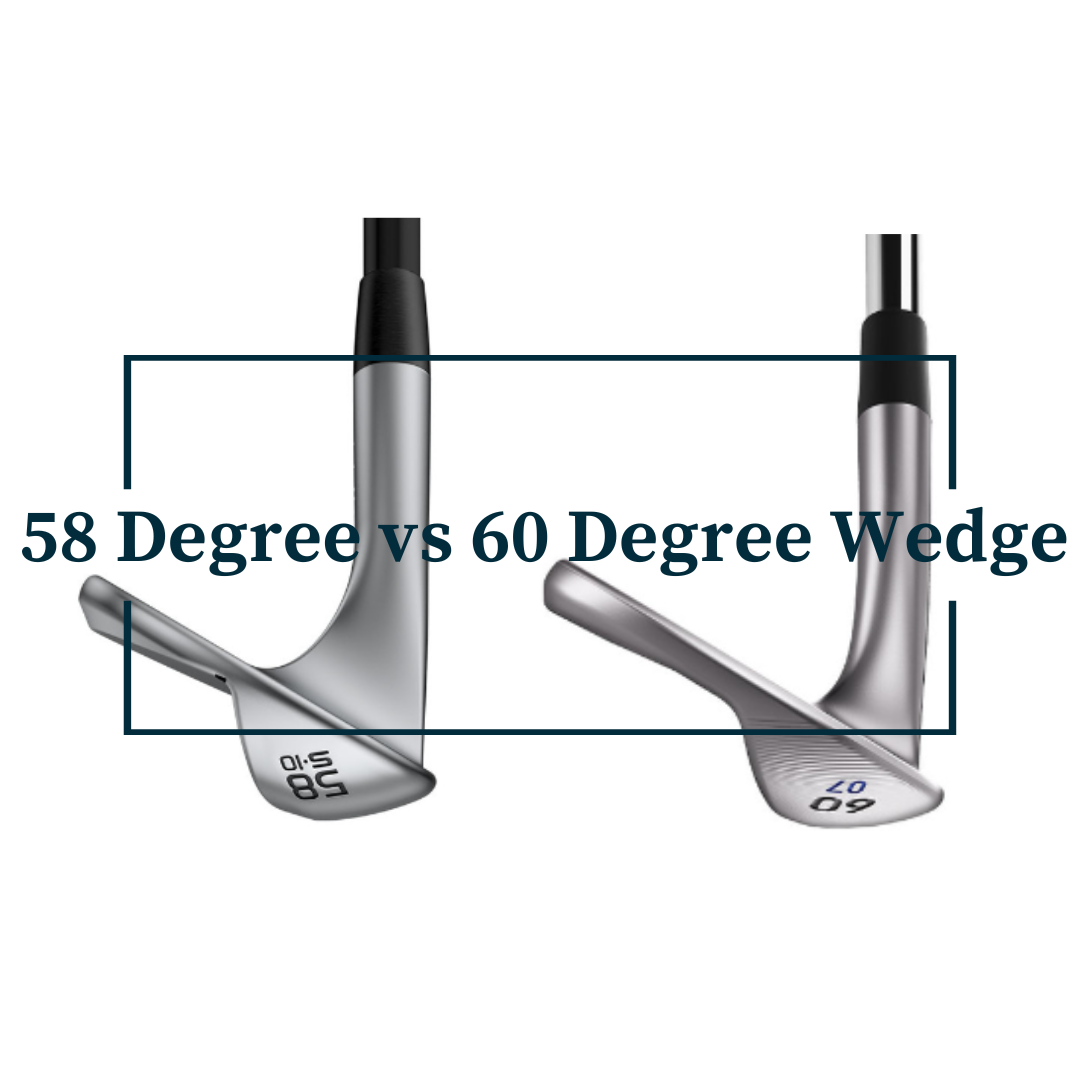
Hitting a clean wedge shot is one of the most satisfying feelings in the game. But did you know that the bounce of your wedge can play a big role in achieving that contact.
So what is wedge bounce? Wedge bounce is the angle between the leading edge and the lowest point of the sole of the wedge.
Wedges are designed with different bounce angles to suit different turf conditions, swing types, and skill levels. Choosing the right wedge bounce can improve your wedge game.
In this article, we will explore the different bounce options and how to select the best bounce for your game.
Why Do You Need to Know about Wedge Bounce
The greater the wedge bounce angle, the higher the leading edge is off the surface when addressing the golf ball.
So why does that matter? It matters as it can impact your short game. Depending on turf conditions or the attack angle of your shot, these are factors that need to be considered when choosing the right bounce.
For example, if your are finding the wedge’s leading edge is consistently digging too much into the turf. It can cause the club to “stick” in the ground, leading to fat shots and inconsistent contact. Proper bounce allows the club to glide across the turf, ensuring cleaner contact and more consistent ball striking.
What Are a Golfer’s Bounce Options:
High Bounce
High bounce wedges are the highest bounce angle you can get in a wedge. The bounce angle can range anywhere from 10 to 14 degrees. The leading edge is higher off the ground, the greater the bounce angle.
A high bounce angle is ideal for:
- soft turf; or
- bunker shots
As the wedge will dig less into the turf or sand. Meaning the clubface will be keeping straight through impact. Because the clubhead will not dig into the turf and twisting the shaft in your hands, where you will lose direction of the shot.
So, if you are golfer that plays on courses with soft turf or have a steep attack angle a higher bounce wedge will suit your game.
Mid Bounce
Mid bounce wedges have a moderate bounce angle, usually ranging from 7 to 10 degrees. They are versatile for various turf conditions and swing types, offering a balance between forgiveness and versatility. Mid bounce wedges are the most versatile and can be played in a range of course conditions.
Mid Bounce wedges play well on:
- medium to firm turf conditions; and
- Great around the greens as mid bounce helps with control of the shot.
If you are starting out in the game this is the bounce angle you will want. Do not worry you will get this bounce angle as beginner sets will have your wedges (pitching and sand) as a mid bounce.
Low Bounce
Low bounce wedges have minimal bounce angle, ranging from 4 to 6 degrees.
It is ideal for:
- firm turf (think links courses or the British Open);
- firm sand; or
- shallow swing angles
When I say shallow swing, think not taking divots on your wedge shots. With the lower bounce angle and firmer turf or sand the club will skip off the ground.
Low Bounce allows for precise contact as the leading edge is closer to the ground. Majority of tour professionals would use low bounce angles on their wedges.
If you have a shallow swing or play on firm turf, low bounce wedges can be a great option for you.
What Wedge Bounce Is Right for My Game
Wedge bounce is a critical factor to consider when choosing a wedge. The right bounce can make a big difference in your performance on the course. What factors should you consider when choosing the bounce for your wedges.
Turf
Consider the turf conditions you will be playing on. Soft turf requires a different bounce angle than firm turf, and using the wrong wedge can lead to inconsistent shots.
Soft Turf
For soft turf, higher bounce angles are recommended. This helps prevent the club from digging too deeply into the ground. Which can cause the ball to come out low and with little spin. Higher bounce angles allow the club to glide across the turf, making it easier to get the ball up in the air and onto the green.
Firm Turf
For firm turf, lower bounce angles are recommended. This allows the club to make clean contact with the ball without bouncing off the ground. With less bounce, you can also better control the spin of the ball, making it easier to stop it on the green.
To recap what bounce angles suit which turf:
- Low Bounce: Suit golfers who play on turf or sand that is firm
- Mid Bounce: Suit golfers who play on all types of turfs but would work best in turf that is mid to firm turf
- High Bounce: Suit golfers who play on turf or sand that is soft
Attack Angle
In golf, the attack angle refers to the direction at which the clubhead is moving at impact with the ball. It’s the angle between the ground and the clubhead’s path. A steep angle of attack means the clubhead is moving sharply downward at impact. A shallow angle of attack means the clubhead is moving more horizontally.
Steep Attack Angle
You will prefer using a wedge with a higher bounce angle. This is because a high bounce angle can help prevent the club from digging too deep into the ground. This can lead to fat shots. With a high bounce angle, the clubhead will glide through the turf easier, allowing for cleaner contact with the ball.
Shallow Attack Angle
You will prefer using a wedge with a lower bounce angle. This is because a low bounce angle can help prevent the club from bouncing off the ground. This can lead to thin shots. With a low bounce angle, the clubhead will strike the ball cleaner, resulting in better accuracy and distance control.
Your attack angle plays a crucial role in determining the ideal bounce angle for your wedges. The easiest way to think about this, is consider the divots you take when you hit your wedge shots.
If you take a big divot then you have a steep swing type and attack angle. If you take no or little divot then you have a shallow swing type and low attack angle.
To recap what bounce angle suits which attack angle:
- Low Bounce: will suit a golfer with a shallow swing type and low attack angle
- Mid Bounce: Suits all types of swings but would be best for neutral swings and moderate angle of attack
- High Bounce: will suit a golfer with a steep swing type and attack angle
Skill Level
Skill level plays a significant role in what in what wedge bounce is best.
Beginner
Beginners will prefer higher bounce wedges, as it offers more forgiveness on mishits. Higher bounce wedges can help prevent the club from digging into the turf, making it easier to get the ball in the air.
Advanced
Advanced players would prefer lower bounce wedges, which offer greater shot-making versatility. Lower bounce wedges allow for better control of the clubhead and can help produce a variety of shots, including flop shots and bump-and-run shots.
Loft
Loft is also important to determine the appropriate bounce for your game.
High Lofts
Higher lofted wedges, such as lob & sand wedges, would benefit from higher bounce to prevent digging on steep approach shots.
Low Lofts
Lower lofted wedges, such as pitching & gap wedges, may prefer lower bounce for versatility and control around the greens.
Conclusion
Who knew there was so much to consider when choosing the wedge to suit your game.
There a range of factors to consider, when choosing your wedges:
- Turf conditions
- Attack angle
- Skill level; &
- Loft
Remember, finding the right wedge bounce for your game is important for improving your short game. Take the time to explore your options and find the right wedge’s for your game.

